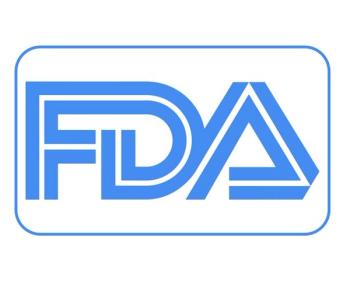
Fever, Rash, and Swollen Nodes in a Young Woman
The pruritic rash covers much of the 23-year-old's body. Other than a recent UTI, PMH is negative. Do labs help with your Dx?
[[{"type":"media","view_mode":"media_crop","fid":"53738","attributes":{"alt":"","class":"media-image","id":"media_crop_5103369751303","media_crop_h":"0","media_crop_image_style":"-1","media_crop_instance":"6728","media_crop_rotate":"0","media_crop_scale_h":"0","media_crop_scale_w":"0","media_crop_w":"0","media_crop_x":"0","media_crop_y":"0","style":"height: 277px; width: 640px;","title":" ","typeof":"foaf:Image"}}]]
History: A 23-year-old woman presents to the emergency department with a 3-day history of a worsening pruritic rash (above) that is associated with intermittent fever; she also has swollen "glands" in her neck. She just finished an antibiotic (she doesn’t recall which one) for a urinary tract infection that she took twice a day for 5 days. Her dysuria has resolved and she denies any flank pain or vomiting. She is otherwise healthy and takes no other medications. She denies any history of injection drug abuse or recent travel.
Exam: On exam she has a fever of 101.3°F and a pulse of 108 beats/min but her vital signs are otherwise normal. There are no blisters associated with the rash and there is no involvement of the mouth or eyes. She indeed has swollen nodes in the neck and also in the groin. The rest of her exam is essentially normal.
Laboratory results: Her urinalysis is normal except for 10-20 RBC/HPF. There are no bacteria or WBCs noted. Her CBC shows a low WBC count-1.9 x109/L with 11 eosinophils-and a platelet count of 121x109/L. Results of a metabolic panel are normal.
1. What the most likely diagnosis?
2. What antibiotic did she most likely just finish taking?
3. What is the treatment?
Answers:
1. Serum sickness is the most likely diagnosis
2. Bactrim (sulfamethoxazole/trimethoprim) is the antibiotic most likely to blame
3. Treatment is summarized in the chart below
Discussion
Serum sickness is an uncommon allergic reaction, usually to a medication, and is typically first noted 1-3 weeks after starting the offending agent. The most common presentation is a pruritic maculopapular rash associated with fever and lymphadenopathy. Joints, kidneys, and the neurologic system can also be involved. The causes of serum sickness are listed in the chart below. Note the helpful mnemonic “ABCDES” to help remember the most agents most often to blame.
The differential diagnosis of fever and rash is broad and some considerations are listed below. When no fever is present the diagnostic possibilities are even broader. Serum sickness is a clinical diagnosis but it is important to test for renal involvement with BUN and creatinine levels. The sedimentation rate will be elevated and eosinophilia is often present, as in this patient. Complement levels will be low, but rarely need to be checked.
Treatment for serum sickness is usually symptomatic and can be frustrating as symptoms may persist for months. Stopping the offending agent and avoiding it in the future are both, of course, paramount. Symptomatic relief may be provided with antihistamines for itching, and acetaminophen or ibuprofen for pain and/or fever. For serious complications such as anaphylaxis or renal or neurologic involvement, steroids or plasmapheresis may be tried.
This patient was discharged home with symptomatic care and close follow-up to recheck her blood count for improvement. It was thought that the leukopenia and thrombocytopenia were likely side effects of Bactrim separate from the serum sickness as these issues are known to be sometimes caused by sulfa antibiotics in the absence of any type of allergic reaction.
Chart: SERUM SICKNESS from ENT chapter of the
[[{"type":"media","view_mode":"media_crop","fid":"53741","attributes":{"alt":"","class":"media-image","height":"160","id":"media_crop_5162967644222","media_crop_h":"0","media_crop_image_style":"-1","media_crop_instance":"6730","media_crop_rotate":"0","media_crop_scale_h":"0","media_crop_scale_w":"0","media_crop_w":"0","media_crop_x":"0","media_crop_y":"0","title":" ","typeof":"foaf:Image","width":"597"}}]]
Click on image for more details
Newsletter
Enhance your clinical practice with the Patient Care newsletter, offering the latest evidence-based guidelines, diagnostic insights, and treatment strategies for primary care physicians.

















































































































































































































































































